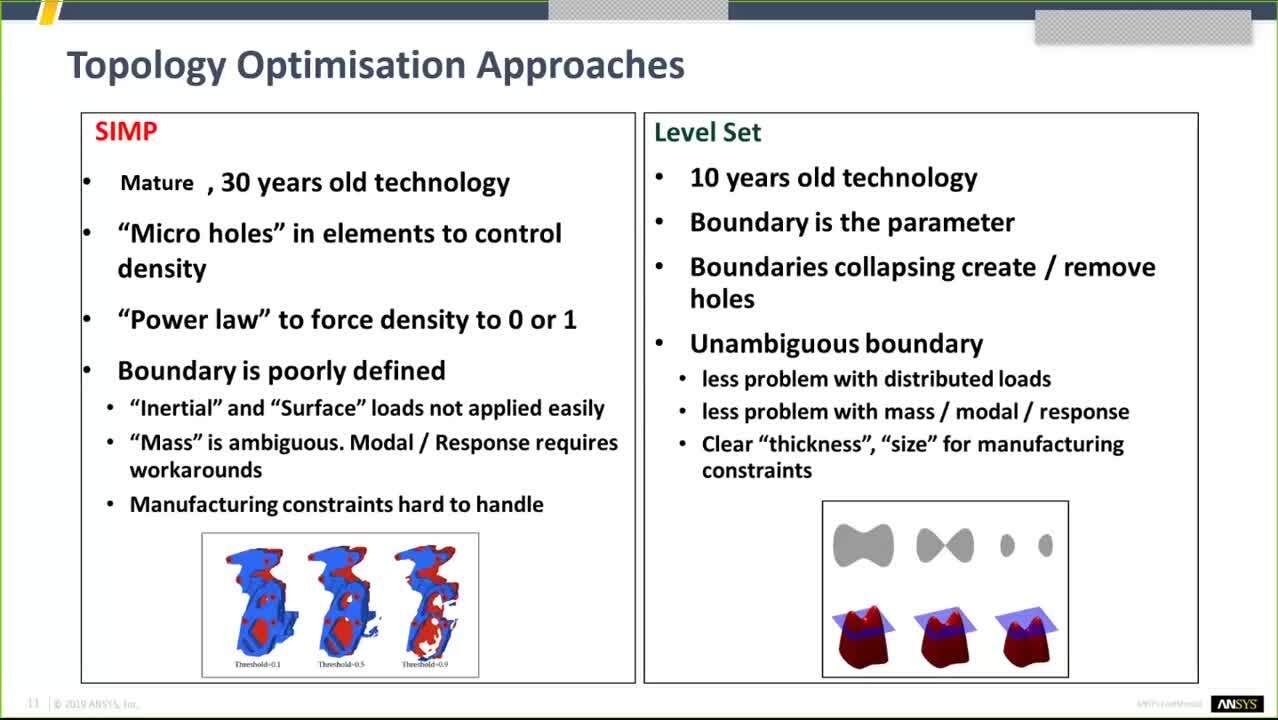Lightweighting Webinar Series
.A&D companies are challenged by rising operating costs and more stringent environmental commitments. Employing engineering simulation is the only way to effectively address these issues and accelerate critical digital transformation efforts.
Ansys offers the broadest set of engineering simulation capabilities, which can be deployed pervasively from ideation through manufacturing and operation. No matter your need — engine design, thermal and fatigue analysis or additive manufacturing — we have the solution. Our simulations empower you to create more fuel-efficient products that comply with environmental standards, utilize innovative propulsion systems and achieve reductions in weight and drag.
This webinar series focuses on our lightweighting capabilities, which will help solve your toughest A&D engineering problems.


